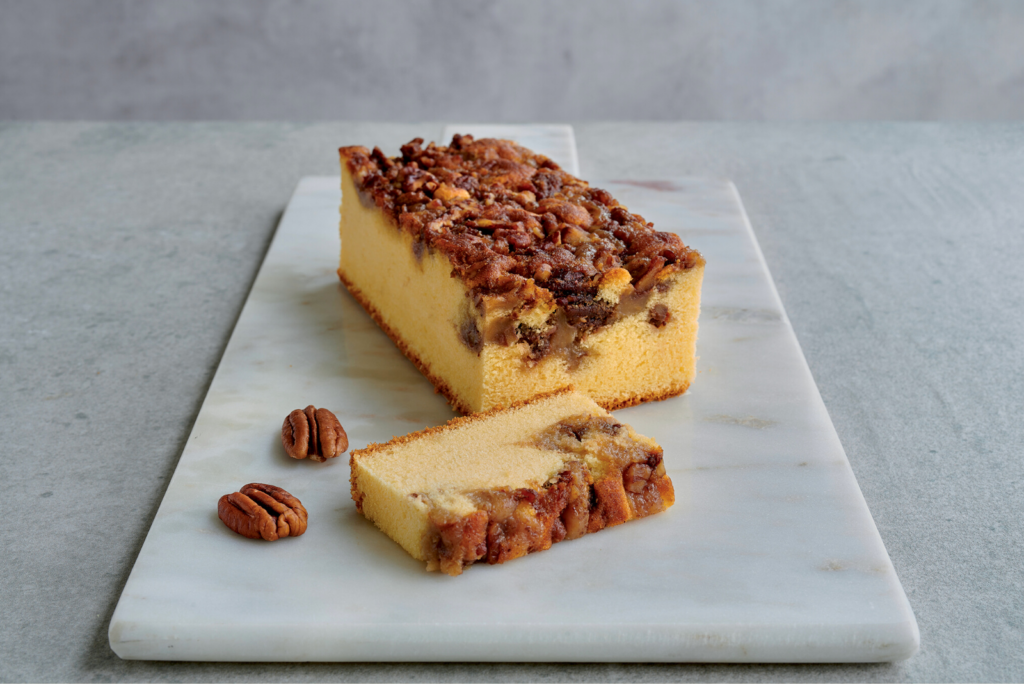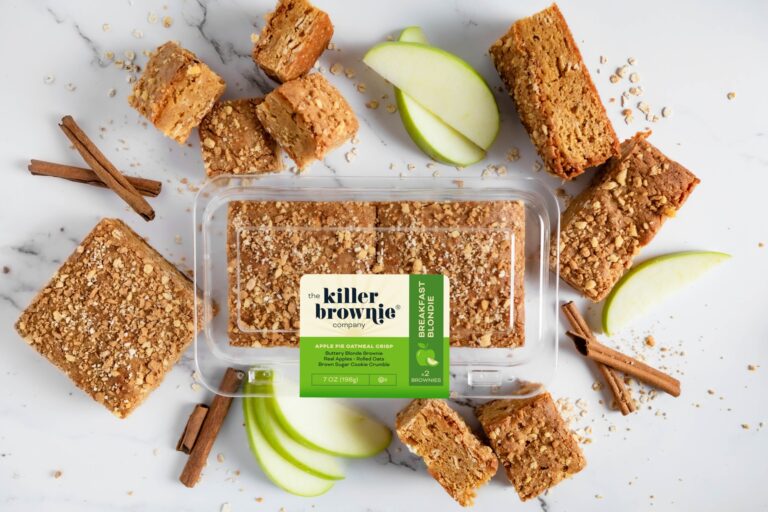Ultimate Convenience | Next-Level Experience: The online shopping and home delivery trend greatly accelerated, especially for food, since the pandemic began in early 2020.
That said, many consumers are still reluctant to order cakes and other delicate sweet goods online because of the potential impact to freshness and quality.
For the majority of shoppers, brick-and-mortar preferences remain. Puratos reported that 77% of respondents said they would not like to see the end of brick-and-mortar. Technology such as automation and artificial intelligence are available to enhance the in-person shopping experience.
So, how are these trends impacting patisserie product development?
In looking at the survey results, Puratos determined that texture plays a role in almost every mega trend identified. In fact, “texture is the new taste” was the inspiration for the company’s Cake Texture Collection, including eight different texture types that were inspired from around the world.
“Texture intensifies the sensory experience, and it makes a cake more surprising,” said Hayley Rottiers, R&D manager, patisserie for Puratos.
The collection types include moist, pound, tres leches, cream, angel food, castella, chiffon and sponge.
In developing the collection, Puratos focused on the language of texture to identify the best qualities for each of these types. Nine qualities were grouped into three categories, including visual, tactile and mouthfeel.
Achieving these qualities does not only involve product development and ingredient list. Creating a sweet baked good with the right texture depends on how it’s baked, as well.
With thousands of sweet goods available on the market — and with seasonal preferences driving consumer demand — flexibility on a baking line is just as important as precision, according to Marie Laisne, product manager, ovens, for Mecatherm.
“The first challenge to be met with a production line is to combine a high level of precision to achieve the desired product quality for a wide product range and very high flexibility to switch from one product to another frequently while controlling operating costs,” Laisne said.
The next challenge is with sanitary design. Patisserie products, especially cakes, are high-moisture products and therefore susceptible to microbiological contaminants, making the oven a critical point as the kill step in the process.
“It’s very important that the production line ensures heat control as well as the process steps after the bake,” Laisne said. “These are the most critical steps in relation to water activity that occurs in these types of products.”
The line must also be flexible enough to consider a variety of adaptations for the finished product, ranging from semi-finished to finished fresh to frozen.
Mecatherm offers the MECAPATISSERIE line, a full processing line for patisserie production, beginning with mixing and dosing all the way through baking, cooling, freezing and customized slicing and assembling.
When considering the importance of texture, it’s vital to maintain the proper baking profile in the oven to meet the requirements for each specific texture type. Heat source and distribution are critical factors in the process.
Puratos and Mecatherm have teamed up to help customers not only ideate the right cake type but also choose the right equipment to bring the cake concept to fruition.










